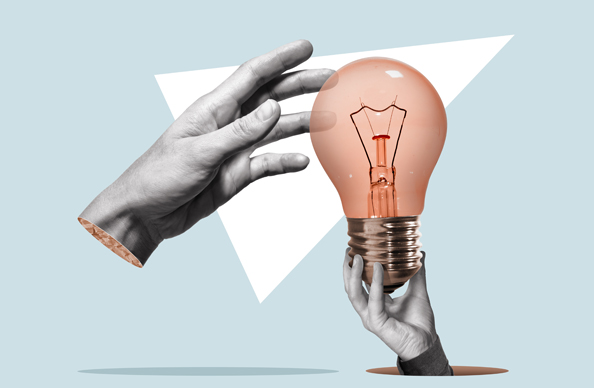

Former Skillnet Ireland CEO joins Futurus…
Press release, Dublin, May 20th: Futurus, the organisational change consultancy known for…
Read more
Insight



AI fluency. Green capabilities. Adaptive leadership. The language is everywhere.
But if you zoom in, you’ll see something familiar: a lot of fragmented efforts trying to keep pace with a world that’s already changed.
We chase the skills of the future with yesterday’s logic, more training, more hiring, more frameworks, when the real question is:
What if our people aren’t falling behind the curve?
What if our systems are?
Most organisations still approach skills like a supply problem:
Step 1: Define the role
Step 2: Hire the right person
Step 3: Hope they stick
But roles are blurring. Projects move faster than job descriptions. And the most critical capabilities, like collaboration, curiosity, and cross-functional fluency, don’t live neatly in a job spec.
According to LinkedIn’s 2024 Workplace Learning Report:
89% of L&D teams say they’re focused on building skills for tomorrow.
But only 47% of business leaders say they know which skills their people actually need.
That’s not a motivation gap. It’s a design flaw.
Learning doesn’t fail because people aren’t interested, it fails because it’s not built into the rhythm of the organisation.
That’s why leading companies are partnering with specialists in organisational behaviour, adult development and behavioural science, not just content providers.
Because building capability today isn’t about delivering information. It’s about designing environments where the right behaviours emerge because the system enables them.
We are seeing these organisations moving beyond courses and into systems thinking:
Learning flows through the work.
Teams learn by doing, reflecting, adapting, not just by logging into another module.
Progress is developmental, not just directional.
Careers aren’t ladders anymore, they’re lattices. Growth needs to be non-linear, personalised and stretch-based.
Behavioural science shapes the experience.
Nudges, social proof, feedback loops, environmental cues, these aren’t buzzwords. They’re levers that help people change how they show up. And most importantly: these organisations know they can’t build that alone.



Companies like Unilever and Mastercard are using internal talent marketplaces to fuel mobility and capability side by side. But behind the scenes, many are working with organisational design experts to:
Countries like Ireland are leaning into this model, supporting employer led networks that co-design capability development with behavioural and organisational scientists. Not just teaching skills, but shaping the conditions where they take root.
The future of work won’t be won by the organisations with the best people.
It will be won by the organisations that design environments where people become better, by doing the work together.
So the next time you talk about upskilling, don’t just ask what content you need.
Ask who you’re designing it with.
Ask what behaviours your system actually reinforces.
And ask whether learning is something your people access, or something your organisation enables.
Because in the end, capability doesn’t come from content.
It comes from design.